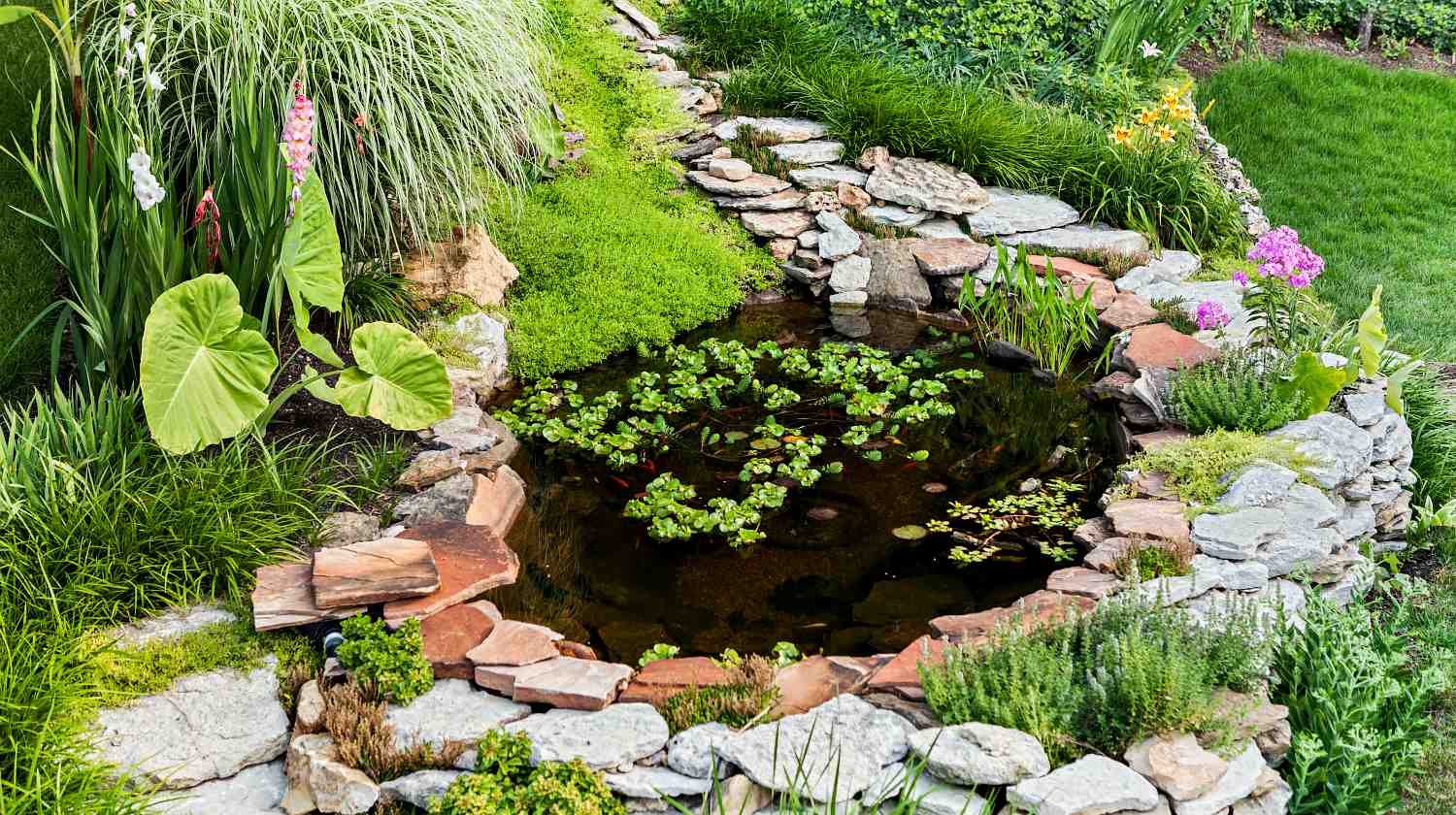Health
12 Toxic Plants You Could Accidentally Eat

The great outdoors is full of so many things to enjoy. The sights and sounds can be soothing and therapeutic. The tastes, on the other hand, can actually be deadly. North America is home to a handful of poisonous and toxics plants that you could encounter when hiking or camping. Below are the plants you should watch out for.
Toxic Plants to Stay Away From
Before you take up foraging for food, you’ll want to purchase a local field guide to help you identify the plants you will come across, and it’s still a good idea to pack your own snacks.
But in a survival situation, you may find yourself sampling some of the native delicacies.
Unfortunately, the results can range from vomiting and diarrhea to hallucinations, paralysis, and even death.
Before ingesting anything in the wild, do your research and be 100% sure that the plant is safe to eat. If you do think you’ve munched on something you shouldn’t have, take a photograph of it so that a medical professional can get you the help you need.
Plants That Cause Vomiting and Nausea

Top Left: Castor beans, Top Right: Water hemlock | Bottom Left: Pokeweed, Bottom Right: Rosary Pea
1. Beach Apples
If you find yourself hiking in Florida, stay far away from the Manchineel tree and its “beach apples.” Every part of the tree is highly poisonous.
The sap can blister your skin and cause blindness in your eyes, burning the leaves or branches can damage your lungs and eyes, and one bite from the small green fruit can kill you. Manchineel trees can be found along Florida’s coastlines and in salt-water swamps.
2. Raw Elderberries
Uncooked Elderberries can actually turn into cyanide if you eat them.
You’ll want to stick to the cooked variety, and avoid these in the wild if you come across them in a field or shady spot.
3. Castor Beans
Castor beans are native to Africa, but were introduced in the U.S. and have flourished in the East and South, along riverbeds and directly beside cultivated fields. They contain ricin, which will quickly kill you if ingested.
4. Daffodils
Any part of the Daffodil plant can poison you, and it is often the cause of death in pets that eat it. They are found throughout North America and are lovely to look at, but not to eat.
5. Water Hemlock Bears
Water hemlock bears an uncanny resemblance to Queen Anne’s lace and yarrow, which is unfortunate because both of the latter are full of medicinal qualities.
The former is not safe to eat but can be easily found across the U.S.
6. Pokeweed
Pokeweed has purple berries that you’ll want to skip over when looking for your next meal. It can be found in pastures, along roadsides, and on the border of wooded areas in the Eastern United States.
7. Rosary Pea
Rosary Pea was brought to the U.S. from India, and its red and black seeds are highly toxic. It grows in pastures, farms, and roadsides and you’ll want to stay far away from it.
Plants That Cause Hallucinations, Seizures, and Paralysis
8. Angel's Trumpet
Angel’s Trumpet is a lovely addition to your garden and smells great, but you’ll want to avoid eating it. Luckily, it isn’t really found in the wild.
9. Deadly Nightshade
You’re also not likely to stumble upon Deadly Nightshade and its cherry-like fruit.
However, if you do, it will be in the south or east U.S. Jimson Weed falls into the same family, and can cause hallucinations. Its spikes should be a clear indication to stay away from it.
Plants That Will Stop Your Heart

Left: White Baneberry, Middle: Foxglove, Right: Death Camas
10. White Baneberry
Found in the northeast, White Baneberry has white berries that look like eyes. Ingesting them will cause cardiac arrest.
11. Foxglove
Foxglove is another lovely addition to your garden, but should not be consumed under any circumstances.
12. Death Camas
Death Camas often grows next to the edible Blue Camas and resembles an onion, which can be confusing to people looking for a meal. They are found in the West and should be avoided.
Exercise Caution Around Unknown Plants
It is recommended to keep your distance from plants you don’t know. Wear long pants and long sleeves to keep them from touching your skin. Always wash your hands thoroughly after handling plants, and don’t burn anything that could contain toxins. Do not consume anything unless you are absolutely sure it is safe to do so.
Do you know other toxic plants to stay away from? Share it with us in the comments section!
Up Next:
-

 Paracord Projects1 year ago
Paracord Projects1 year agoParacord Projects | 36 Cool Paracord Ideas For Your Paracord Survival Projects
-

 Paracord Projects1 year ago
Paracord Projects1 year agoHow To Make Paracord Survival Bracelets | DIY Survival Prepping
-

 Medical Care1 year ago
Medical Care1 year ago21 Home Remedies For Toothache Pain Relief
-

 Knife Laws1 year ago
Knife Laws1 year agoAre Switchblades Legal? Knife Laws By State
-

 Do It Yourself1 year ago
Do It Yourself1 year agoSurvival DIY: How To Melt Aluminum Cans For Casting













You must be logged in to post a comment Login